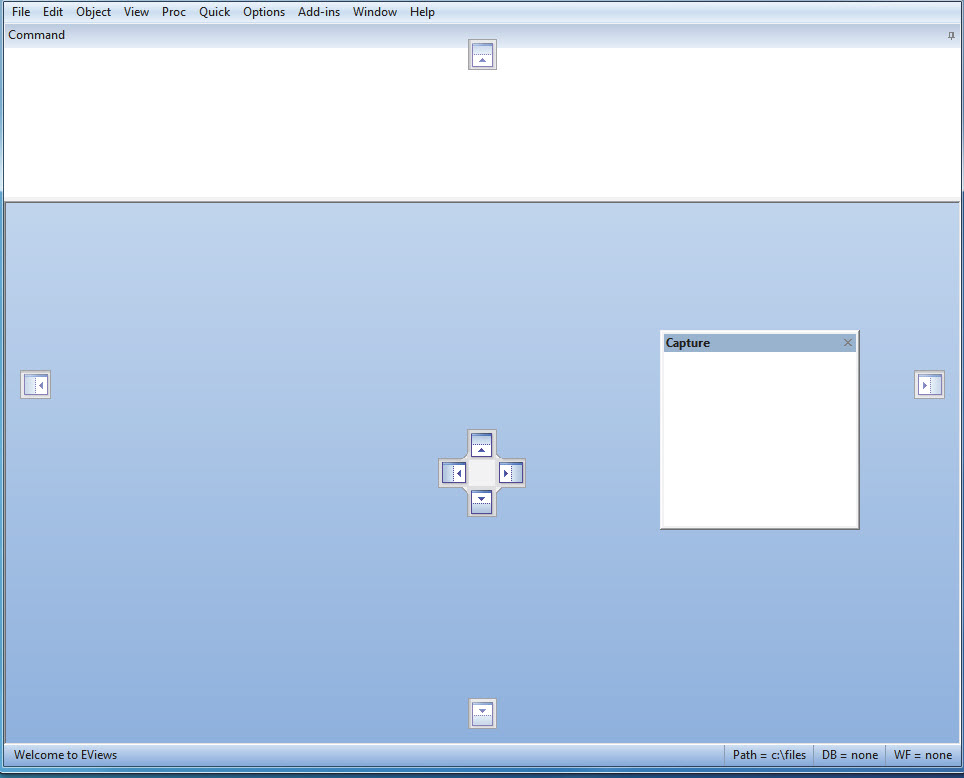


It ignites with minimal radiant heat which transmits to convection currents that rise from behind the heating panel and circulates heated air around the room. SAFE AND EFFICIENT TECHNOLOGY: This electric wall heater operates at a constant temperature persistently.This unit may be HARD WIRED! OVERHEAT PROTECTION for your safety! We offer a 3 Year Manufacturer Warranty! HEAT REFLECTOR INCLUDED, temperature ranges between 41-86 ☏. Panel Heater Dimensions: 23.5 x 23.5 x ¼”. CONVECTOR HEATER SPECS: Ideal for a 120 sq.This method will lower your energy bills with great savings and will keep the room with constant ambient warmth. Our flat heaters are ENERGY EFFICIENT, consuming 0.4 KW/HR., which is less than 1/3 of the electricity than conventional space heaters. SAVE UP TO 50% OF YOUR HOME HEATING COSTS: Lower your energy bills and still feel cozy and warm with our electric heater.Revised focus screen (different AF point illumination)Ĭompared to the Nikon D3000 and D5000: major feature and specification differencesĪs you can see from the table below the D3100's specification not only exceeds that of its predecessor, but also in some respects that of its more expensive bigger brother.Socket for connecting Nikon GP1 GPS unit.The D3100 substantially refreshes the D3000, taking a rather outdated-looking specification and turning it into one of the most competitive in its sector. So, while the D3100 offers an improved feature set when compared to a camera we really liked, it remains to be seen whether these additions will be enough to make it stand out as well as its predecessor did. They also, by eshewing the conventional DSLR design, are able to offer a shooting experience that is much closer to that of a compact camera - which even the best DSLR live view implementation can't easily mimic at the moment. Many of these cameras, such as Sony's NEX-3 and 5, Olympus' E-PL1 and Panasonic's GF2, offer similarly accessible interfaces in a smaller, competitively-priced packages. So, while the D3100 is unequivocally a DSLR (in a time where the line between DSLRs and mirrorless cameras is becoming increasingly hazy), its beginner-friendly guide mode puts it squarely in competition with several of the mirrorless models that are equally eager to welcome point-and-shoot upgraders.
#Eviews 10 review upgrade
And 2010 has been a year during which the rest of the market hasn't devloped along such predictable lines, not least during the expansion of the large sensor, mirrorless interchangable lens camera crowd.Ĭamera makers always try to stress that mirrorless cameras are creating an entirely new market, rather than competing with entry-level DSLRs, but it's pretty clear that many people planning to upgrade from their point-and-shoot compact will consider both types of camera when making their decision. Revisions have also been made to the feature-teaching, hand-holding 'Guide Mode', and an additional autofocus mode that's designed to allow better focusing in live view and autofocus during video shooting.Īll of this adds up to a DSLR that incorporates all of 2010's 'must have' features but looks like the product of evolution, rather than dramatic innovation.
#Eviews 10 review movie
The body gets a slight refresh from a basic design that essentially dates back four years to the D40, gaining an extra button to the left of the screen, a drive mode switch at the base of the mode dial, a sprung lever to engage live view and a direct record movie button. It can only record clips up to about ten minutes long (due to a 4Gb maximum file size limitation shared by all DSLRs), but this still counts as an impressive feature addition at this level. In fact, this made it the first Nikon DSLR to offer 1920x1080 movie recording.
#Eviews 10 review full
The D3100 is built around a 14.2 megapixel CMOS sensor, bringing not only live view but also Full HD video capture to Nikon's entry-level model for the first time.

So with this in mind, Nikon has announced the D3100 - probably the biggest refresh of its entry-level offering since it really attacked the low end market with the original D40. However, there's only so long that clever product design and feature integration can make up for a specification that looks dated. The D3000 sold well, despite its rather aged 10 megapixel sensor and lack of both live view and video. The D3000 fitted this pattern perfectly, a gentle refresh of the D60 (which was itself a slightly updated D40X), it added ease-of-use features to make it a pleasant little camera to use, despite a specification that was beginning to look rather out-of-step with the rest of the market. Nikon has developed a habit of making very attractive entry-level DSLRs, which are rarely the best specified but cleverly designed so that they're easy and enjoyable to shoot with.


 0 kommentar(er)
0 kommentar(er)
